How to make a Reese bass sound
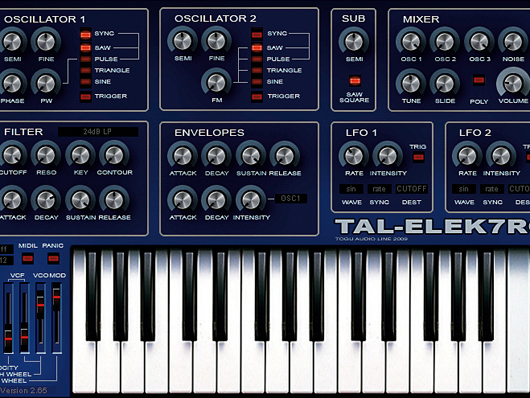
Getting started
Step 1: A common sound in DnB, dubstep and bassline house is the Reese Bass, originally heard in Just Another Chance by Reese (aka Kevin Saunderson). Any synth with pulse width modulation can be used to make this sound - we’re using the freeware TAL-Elek7ro, which you can download for free for Mac and PC here.
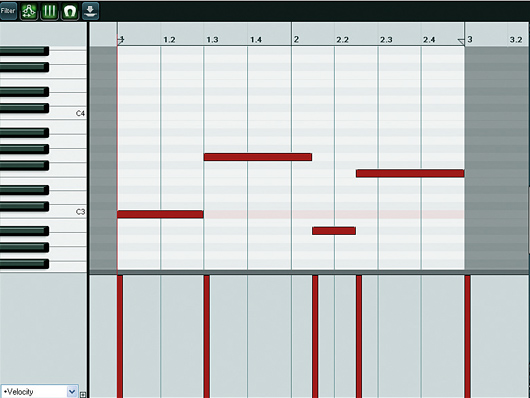
First oscillator and riff
Step 2: Start by loading the synth up in your DAW. We want to concentrate on just the first oscillator, so turn the Osc3 knob all the way down. By default, the first oscillator is set to a Sawtooth shape. As we’re going to use pulse width modulation to make this sound, select the Pulse shape instead. Sequence a short riff as we have here.
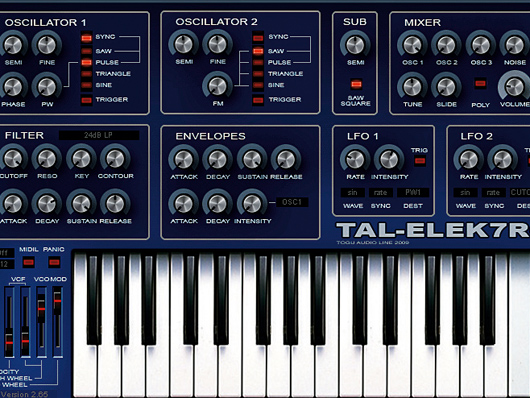
LFO1
Step 3: We’re going to use LFO1 to modulate the width of the pulse oscillator. Set the destination (Dest) routing of LFO1 to PW1 using the drop-down menu. We want a nice level of modulation that’s rhythmic without overpowering the sound. Set the Rate and Intensity knobs to between 9 and 10 o’clock, and 1 and 2 o’clock respectively.
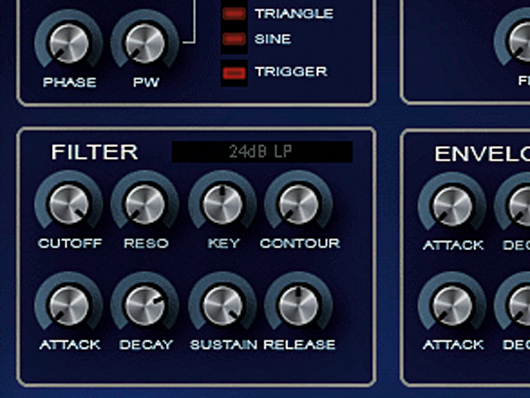
Filter cutoff
Step 4: Currently the sound is big and rough - good for a lead, but we want a big low-end bass sound. Let’s use the synth’s low-pass filter to achieve that. We want the filter cutoff frequency to follow the key of the note played, so turn the Key knob in the filter section to 12 o’clock.
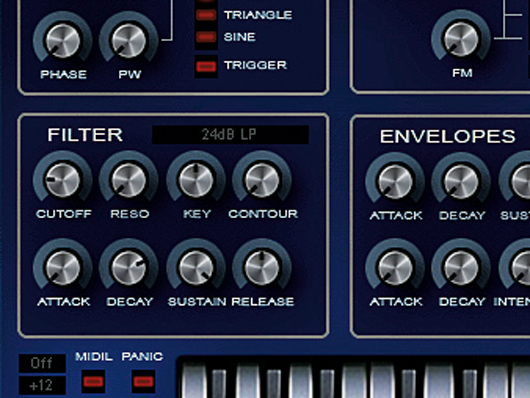
Fine-tuning
Step 5: Next, turn down the filter Cutoff to between 9 and 10 o’clock. Now when you play back the riff you’ll hear that classic low-end bass rumble. Fine-tune the filter Cutoff and LFO1 Rate and Intensity settings to get the exact feel you’re after.
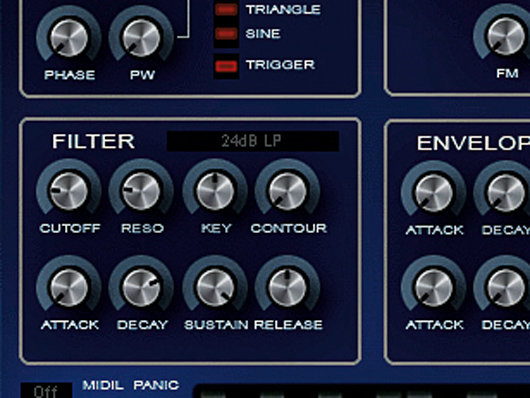
Finishing off
Step 6: To give the sound more character and make it punchier, turn the Resonance up to 9 o’clock. Try recreating this sound on a more complex synth such as LinPlug’s Albino 3 or Native Instruments’ Massive - by customising the LFO modulation and filter settings, you can create your own unique version.
For more synth programming tutorials, check out the latest Computer Music Special, Make Dance Music (CMS42), which is on sale now.
Liked this? Now read: How to make a dubstep bass sound
Connect with MusicRadar: via Twitter, Facebook and YouTube
Get MusicRadar straight to your inbox: Sign up for the free weekly newsletter









